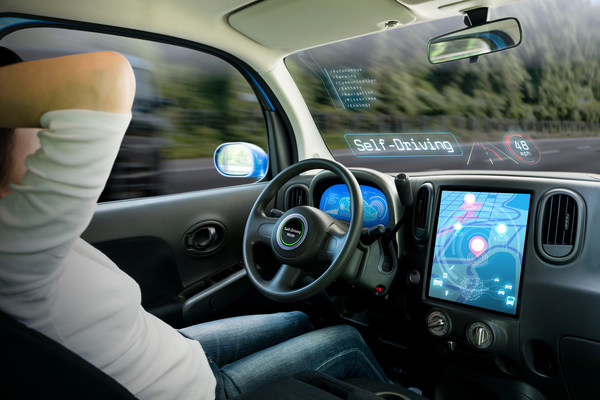Piloted Driving Features in Level 2 and Level 2+ Autonomous Vehicles to Grow Exponentially by 2025
By 2025,one in five cars in developed regions will offer one or more Level 2 features,finds Frost & Sullivan
SANTA CLARA,Calif.,June 23,2021 --Frost & Sullivan's recent analysis of the global autonomous driving industry finds that original equipment manufacturers (OEMs) and value chain partners are streamlining their strategies,capital investments,and product roadmap to develop and deploy region- and segment-specific partial and highly automated vehicles. By 2025,one in five cars in developed regions will offer one or more Level 2 (L2) features due to stiff competition,while OEMs in emerging countries will offer Level 1 (L1) safety-related features. Global regulations favoring testing and deployment will determine the adoption timeline for consumer markets. China will lead the usership model of Level 4 robotaxis by operating paid services for public use within predefined geographies. This study highlights the critical market,business,and technology trends expected to drive the global autonomous driving industry.

autonomous driving
For further information on this analysis,Competitive Intensity Propelling the Global Autonomous Driving Industry Market,Outlook 2021,please visit: http://frost.ly/5v1
"In 2021,many major OEMs prioritized the deployment of Level 2 and Level 2+ partial automation driving systems in their highest selling models and Level 3 conditional automation in a few premium models," said Varun Krishna Murthy,Senior Research Analyst,Mobility Practice,Frost & Sullivan. "A lack of regulatory framework,high-value proposition,and lower cost will encourage OEMs to push L2+ features over L2 and L3 in the next five years. Vehicles at L2+ will reach over 11 million units by 2025,from 115,450 in 2020."
Murthy added: "OEMs will reconsider their long-term strategies of introducing car sharing and robotaxis (usership model) to the conventional ownership model,due to the financial strain and change in mobility preferences. The focus is on maximizing their short-term revenue by rerouting capital investments,reducing vehicle complexity and cost,and investing in in-house capabilities and collaborations."
Market participants should focus on the following:
L2 and L3 piloted driving market: Regulations for adaptive cruise control (ACC) plus lane change assist (LCA) operation are being proposed in Europe and the UK. Upon approval,this is expected to speed up adoption in the mass market segment in the region.
Light detection and ranging (LiDAR) sensor in the environment perception market: LiDAR developers are looking to license their technology and collaborate with Tier I and Tier II suppliers or contract manufacturers to bring down the price of LiDARs through mass production and to cater to the rising demand in Level 2 and Level 3 market segments.
Autonomous software stack: OEMs are strategizing the autonomous driving software stack development through collaboration or acquisition of a software firm or developing capabilities to create the OS software stack in-house.
Competitive Intensity Propelling the Global Autonomous Driving Industry Market,Outlook 2021 is part of Frost & Sullivan's Global Mobility Growth Partnership Service program.
About Frost & Sullivan
For six decades,Frost & Sullivan has been world-renowned for its role in helping investors,corporate leaders,and governments navigate economic changes and identify disruptive technologies,Mega Trends,new business models,and companies to action,resulting in a continuous flow of growth opportunities to drive future success.Contact us: Start the discussion
Competitive Intensity Propelling the Global Autonomous Driving Industry Market,Outlook 2021
MFCF-46
Contact:
Srihari Daivanayagam,Corporate Communications
P: +91 44 6681 4412
E: srihari.daivanayagam@frost.com
http://ww2.frost.com